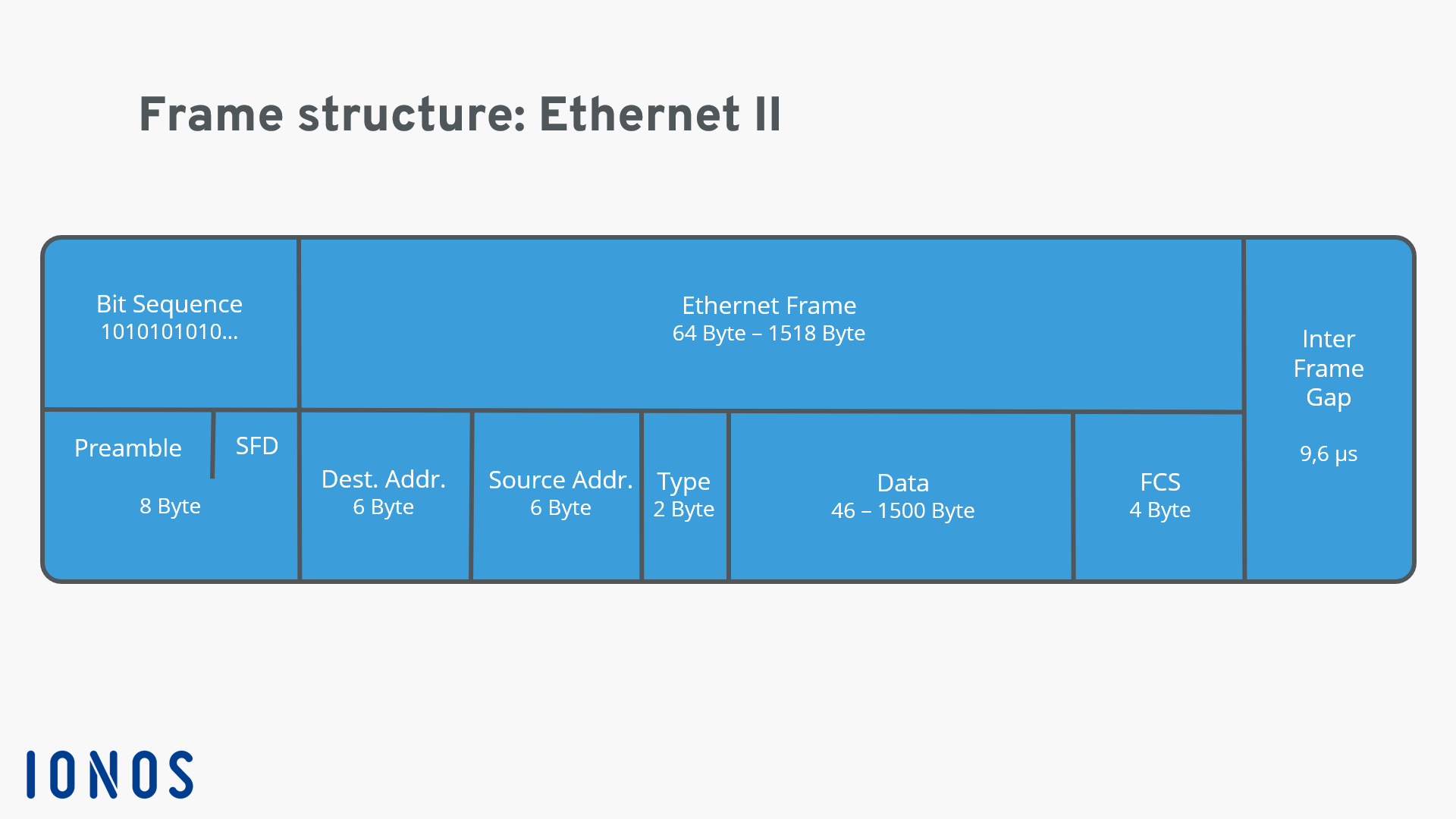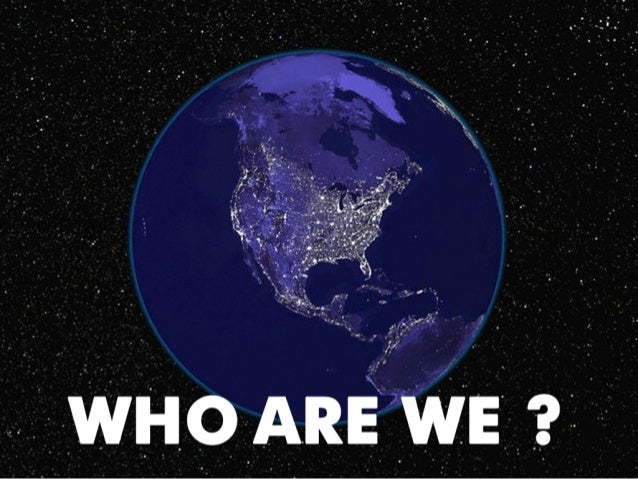


With interfaces to many national and international Third Party Missions (TPMs), a "National Point of Contact" was thus created, which served as an interface with each country in the programme and the potential users interested in the data. It also involved the production of data processing chains, based on advanced technology solutions, installed worldwide, mainly close to the antenna of the receiving stations.
#Intr earthnet archive#
This was a network for Earth, to stimulate global cooperation between space experts concerning activities aiming to acquire and share knowledge of our planet, for the benefit of all citizens in Europe and beyond.īack in the 1970s the Internet did not exist yet, therefore, ESA experts were faced with the enormous task of establishing a user community for all data acquired by satellites, with somewhat limited resources and infrastructure available.Īt a time that ESA did not yet have missions in operations, the Earthnet Programme served to develop an Earth Observation (EO) user community, comprising a network of international ground stations, PAFS (Processing and Archiving Facilities) and Integrated User Services to support the acquisitions and subsequent exploitation of the ERS satellites.Įarthnet thus also necessitated the creation of a huge decentralised archive of exclusive data, comprising various Landsat and National Oceanic and Atmospheric Administration (NOAA) missions, for the benefit of scientists at a global level. Shortly after ESA was established, Member States agreed on creating the Earthnet programme. Since 2016, Earthnet also supports the International Charter on Space and Major Disasters. Today, Earthnet provides access to data from Third Party Missions and it represents the cornerstone of Europe's Earth Observation international cooperation, responding to the always evolving global situation in the EO context. With that said, from this site you have access to all of my course related documents and information including: class syllabus, tentative course calendar, handouts, and even my lecture notes (in both Word and PowerPoint).Initiated in 1976, ESA's Earthnet Programme provided the initial technical and operational means to access and exploit Earth Observation data, while launching and stimulating a scientific Earth Observation user community in Europe. It is an ongoing ever-evolving discussion that we can all contribute to.


If you are an educator and wish to add to this project please contact me using the 'Contact Me' link to the left.īy the addition of the Science RSS feed I hope students, and anyone else who happens upon this site, will see that science is not something talked about for 3 hours a week.
#Intr earthnet free#
Recently I have included content that will allow all visitors to this site to access interactive pages to help identify rocks and minerals and also access my new project "Geology Online" a fully online textbook free to all. Each year I think I get a little closer to this goal. Over the past few years it has been my desire to be able to provide my students with a website that will not only serve as an information hub for my classes but would encourage students to excel by demonstrating the real-world relevance of the topics discussed in my classes.


 0 kommentar(er)
0 kommentar(er)
